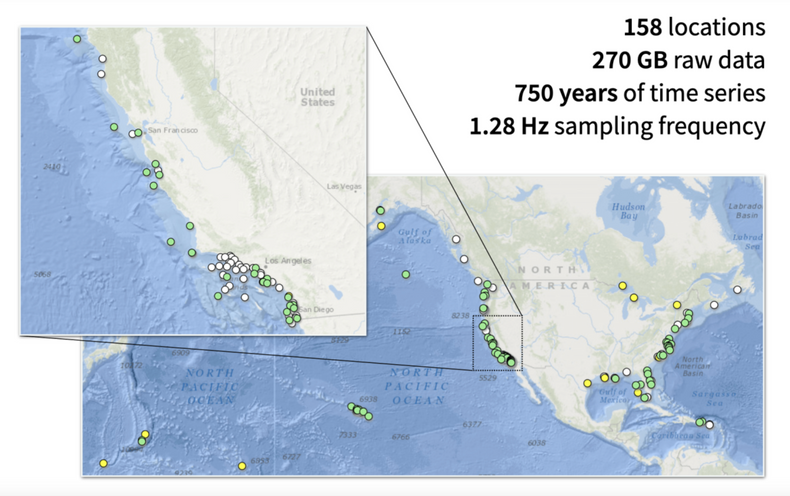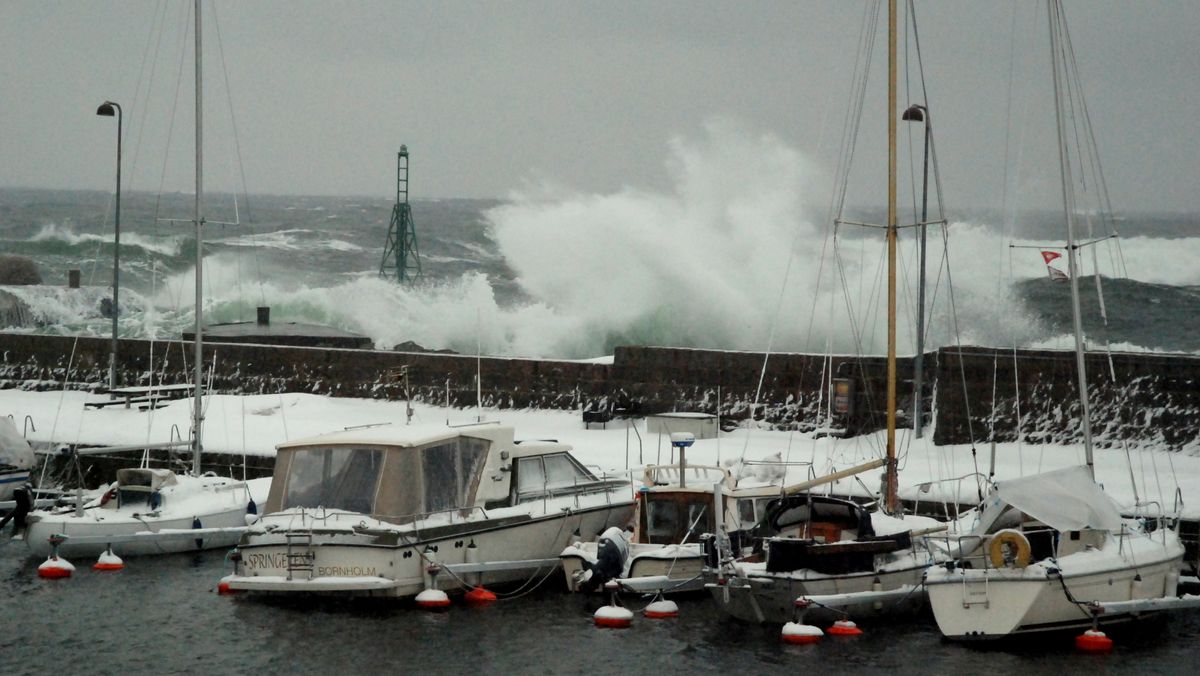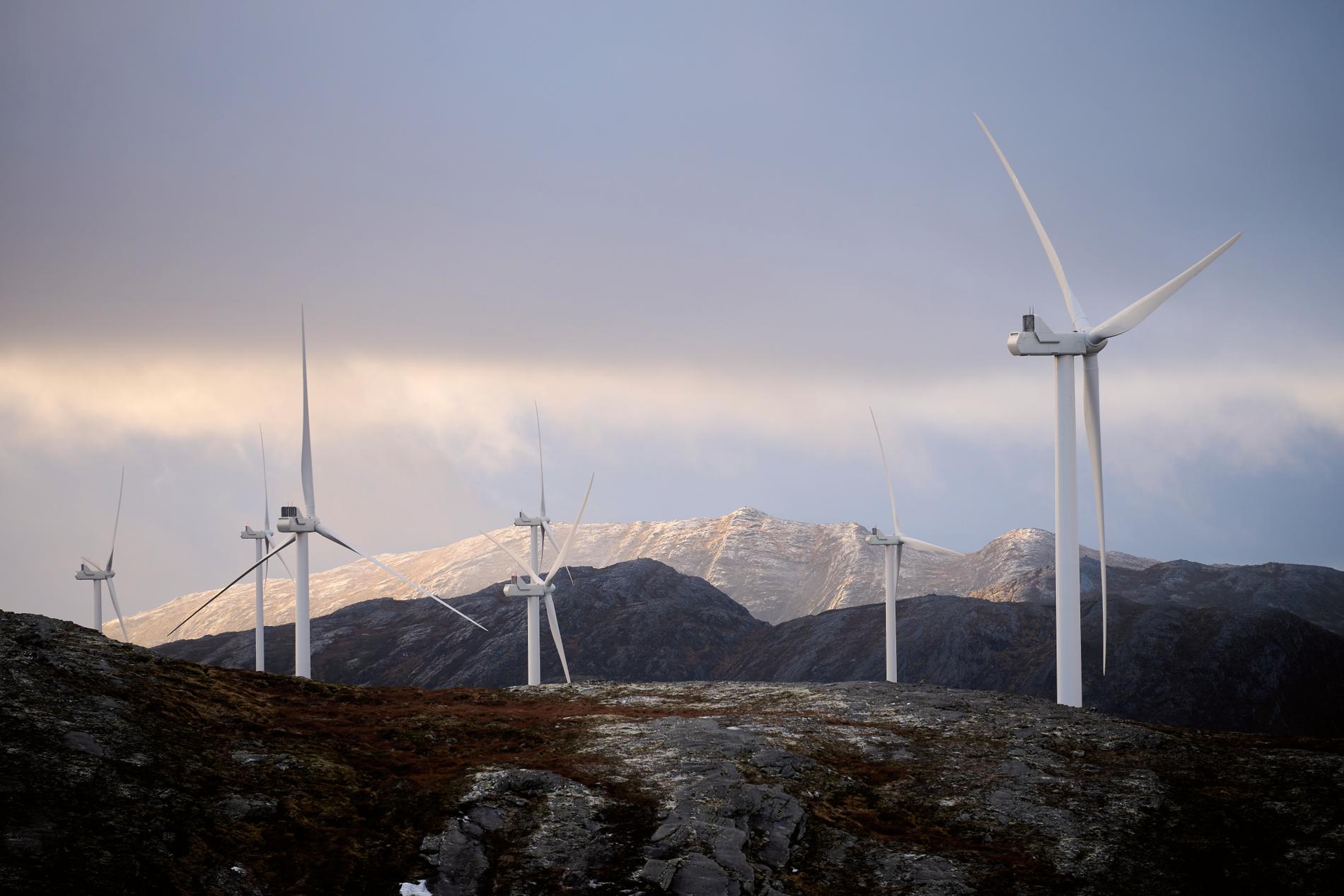On New Year's Day 1995, something surprising happened on the Norwegian oil platform Drubner E. While the average height of the surrounding waves was 12 metres, a wave 25.6 meters high rose from nowhere Hit across the platform It is 3:20 p.m. This was the first time the so-called monster wave had been measured using digital tools.
Where, when and how these spontaneous giant waves, also known as rogue waves or strange waves, occur is something oceanographers and other scientists have long wondered about. A new study by Denmark's Niels Bohr Institute and the University of Victoria in Canada may provide some answers.
Increase security
By analyzing more than a billion waves, corresponding to a total of 700 years of wave data, the researchers concluded that waves occur more often than previously thought. Using this huge data set, they trained artificial intelligence (AI) to find a formula for how these huge waves occur and how we can predict them. The hope is that it can increase safety on different shipping methods.
– Basically, it's just bad luck when one of these really big waves hits. Because it is a combination of many factors that have not yet been possible to combine into a single risk estimate, explains Dion Hafner, who was a PhD student on the project and currently works at Laboratories Pasteur, in one of the papers. press release.
– In the study, we identified the reasons that lead to the emergence of a monster wave and collected them in a model that calculates, with the help of artificial intelligence, the probability of it actually occurring.
Big data and artificial intelligence
Monster waves are an atypical phenomenon. They make up about 1 in 10,000 waves, says oceanographer Jakob Wøge Nielsen of the Danish Meteorological Institute (DMI), who was not involved in the work on the study. He says a monster wave is defined as a wave that is at least twice the size of the waves surrounding it.
– According to the theory of Rayleigh distributions, which can estimate how often large waves occur compared to normal wave distributions, large waves are extremely rare. However, recent observations show that it is not so rare. These waves rarely occur multiple times in the same place, but they appear all the time on a larger scale, explains the DMI researcher, who models the waves on a daily basis.
In the new study, it is published In the Proceedings of the National Academy of Sciences, Dion Haffner and his colleagues developed models by combining available data on ocean movements and the shape of the ocean floor.
In total, they collected data from 150 buoys at various locations off the coast of the United States. Over the course of an hour, they collected data on more than a billion waves. The researchers describe this as 700 years of data, with most buoys collecting data for an average of five years and the longest active buoy being about 30 years.
After analyzing a huge amount of data, the researchers gained an understanding of how huge waves occur. They fed all of this into a machine learning system, which translated it into an algorithm that was applied to the dataset.

The researchers have been helped along the way by an artificial intelligence-type symbolic regression algorithm. This type of artificial intelligence has given scientists greater insight into when huge waves will occur, rather than just predicting when they will occur.
Our calculations show that abnormal waves occur all the time. In fact, we recorded 100,000 waves in our dataset that can be defined as megawaves. This corresponds to between 0.1 and 1 monster wave occurring daily at a random location in the ocean. But not all of these waves are giant waves of significant size, as Johannes Gemmrich of the University of Victoria, who participated in the study, explains in the press release.
The theory can be confirmed
Through the study, the researchers demonstrated that huge waves occur by so-called linear superposition, where two wave systems intersect and thus reinforce each other within a short period of time. This contradicts the idea that huge waves occur because one wave steals energy from another. Nielsen of DMI supports the linear superposition theorem.
– Usually, the higher the waves, the longer they are. But with giant waves, the wavelength is preserved, while becoming very high and steep. If you imagine that the height is doubled and the length is maintained, the wave becomes at least twice as steep. He says this may be why shipwrecks at sea occur almost instantaneously due to these waves.

The researchers believe that their research can be used in the maritime industry, which has more than 50,000 cargo ships on the water around the clock. Using the new algorithm, they will be able to predict massive waves and plan alternative routes.
– When shipping companies plan their ship routes several days in advance, they can use our algorithm to get a risk assessment to see if the route they have planned is at risk of encountering huge waves. Based on this, they can choose alternative methods, Hafner says.
Nielsen believes the research could certainly be relevant. However, he points out that these are risk assessments and not an algorithm for predictions. DMI already offers this service with risk assessments.
– There is already an algorithm from ECMWF in England that can calculate an index of the probability of large waves at a specific place and time. It is implemented in the DMI waveform. The new algorithm from the Niels Bohr Institute is more advanced because it takes into account several aspects of wave physics. Whether this is something DMI could use, it's too early to say. “But I'm curious about how they use AI in their predictions,” Nielsen says.
The algorithm and research conducted by the Niels Bohr Institute is publicly available, as is the wave and weather data they collected. This is already available to authorities and weather services.
The article was first published on The engineer

“Web specialist. Lifelong zombie maven. Coffee ninja. Hipster-friendly analyst.”




